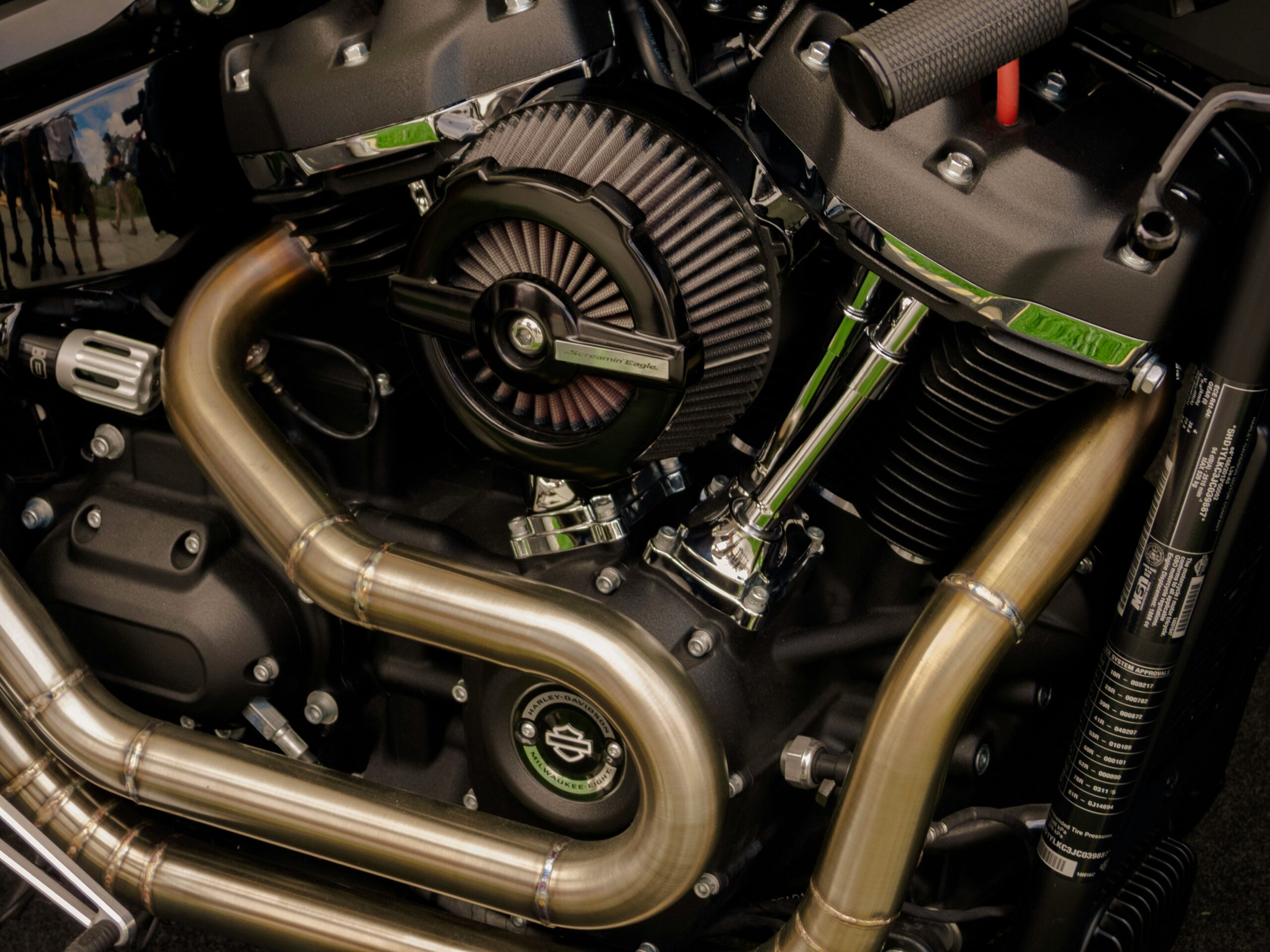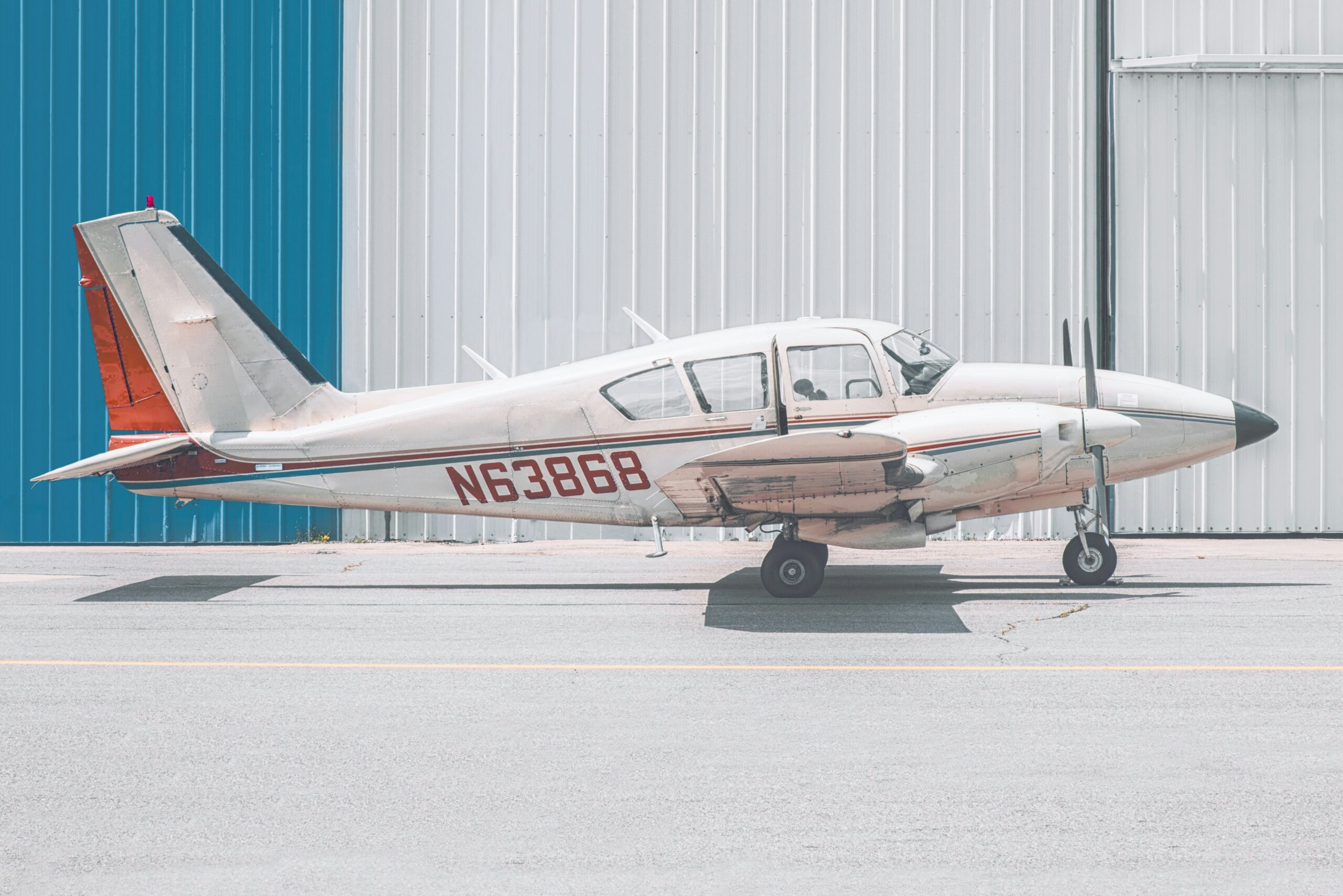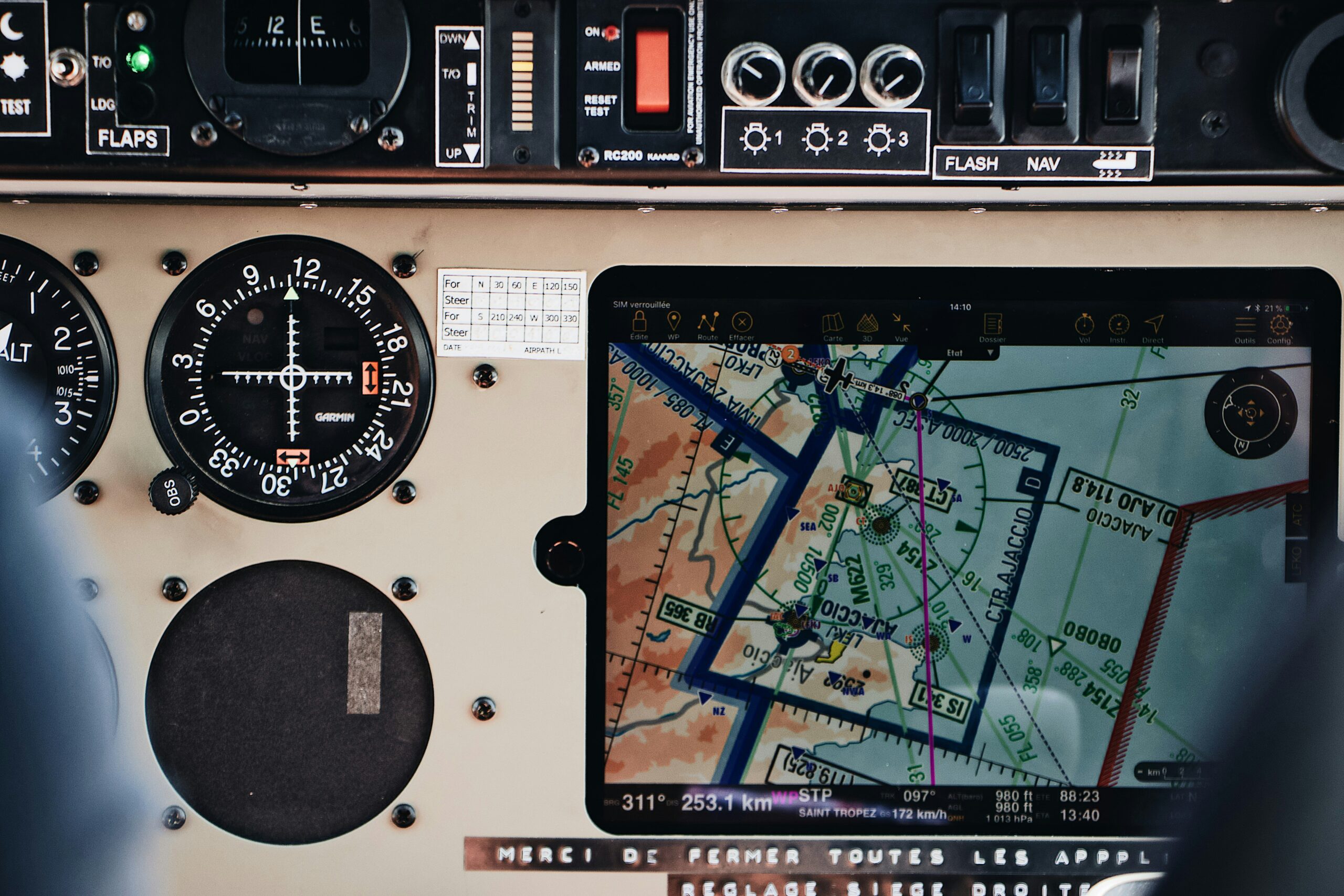There are a lot of articles out there talking about how to afford an airplanes that you can buy today, and before buying this little Vans RV-12, I read all these articles about how to get into aviation affordably. After owning this airplane for a little over a year and a half, I’ve realized that many of these articles about the most how to actually afford an airplane have gotten it a little bit wrong, and I’m here to tell you why.
If you go back and look at what’s commonly listed as the “most affordable aircraft,” you’ll notice one thing: they’re almost always presenting certified airplanes. Aircraft like the Cessna 172 — which is quite expensive now — the Cessna 150, the Cherokee 140, or maybe an Aeronca Champ or a Piper Cub.
All of these are certified airplanes, and that’s where the problem lies when you’re trying to learn how to afford an airplane. These older certified planes may have a lower purchase price, but their maintenance, insurance, and regulatory costs can quickly turn them into a money pit.
Table of Contents
1. What Is a Certified Airplane?
A certified aircraft is what is built into a factory, which was certified by the FAA, and is considered safe to use safely whether it rents, rides it, bikes, uses it for flight training or operates to rent it. Today, however, the market for certified aircraft is completely out of hand, especially when it comes to brand-new aircraft.
For example, Sesna is 172- Still in the production of Sesna aircraft, still has a current MSRP of around $ 500,000 or more. This is a derogatory price for most people. Therefore, many possible owners approach old certified aircraft instead. 1965 Sesna 172 can go for about $ 65,000, and a jump 150 can be picked up for $ 35,000.
But here’s the reality: Even these low-priced certified aircraft have significant long-term costs. If you really want to understand how to actually afford an airplane, look beyond the purchase price and assess the expenses that are hidden in maintenance, parts, insurance, and FAA.
2. The Hidden Costs of Certified Ownership
But with all these certified aircraft, you will realize a large limit: If you do not have your A&P (Airframe and Powerplant) license, you are not allowed to work with aircraft yourself. Even basic maintenance tasks include, for example, reconstruction of the main wheels, which is a bit of a gray field. But if you want to upgrade a real upgrade to the panel or change the insulation in the upper body, you can’t legally do so without the A&P license.
This means that you have to appoint anyone for the slightest repair or modifications, and that the labor costs usually run more than $ 100 per hour. Therefore, how to afford an airplane is a very big factor. Certified aircraft may look like a good deal at first, but the cost of compulsory professional labor is higher, and can change what works cheap financially.
And then let’s say you have to find a replacement part, or let’s say you want a new radio for your airplane. When you look up the radio, you’re going to see that there are two price options: there’s going to be a certified airplane price and an experimental airplane price. You’re going to notice very quickly that the certified price is way more expensive than the experimental price.
3. Why Experimental Aviation Is the Answer
Here is my first tip if you want to get into aviation and learn How to Afford an Airplane: my number one piece of advice is to go with an experimental airplane, kind of like this one. I understand that the words “experimental airplane” are very scary to a lot of people.
If you tell the general public, “Hey, I fly an experimental airplane,” they’re going to be like, “You’re crazy, you’re flying an experiment in the sky, you’re going to die.” Well, I’m here to tell you that that’s not the case. Experimental aviation is just kind of a blanket term for any airplane that wasn’t fully built in a factory. It might be plan-built, come in a kit like this one, or maybe it was a one-off, which is very rare, or even built in a factory but hasn’t received FAA certification yet.
4. Proven Designs and Maintenance Benefits
Any airplane that wasn’t built in a certified factory falls under this category. But most experimental airplanes, like the little Vans RV-12 sitting right behind me, are extremely proven designs. The kit for this aircraft was produced around 2011, I think, and it was finished in 2017. This was number 495 on the serial number list.
In general, Vans Aircraft has produced over 11,000 kits, and I believe there are over 11,000 flying today — the number is huge. It’s a proven design, even though it’s classified as experimental. With owning an experimental airplane, there are some huge positives. Number one, you can work on the airplane yourself as the owner.
You can upgrade it and do anything you want to the panel, and there’s no real paperwork that will bar you from doing so. Every year, you do have to pay an A&P to do your condition inspection if it’s a regular experimental amateur-built airplane, but that’s no big deal. It’s just one cost per year—maybe around $800 for someone who spends about 8 hours on the inspection.
When you’re learning How to Afford an Airplane, manageable annual costs like this are far easier to budget for compared to the high maintenance expenses of certified aircraft.
5. Why Experimental Light-Sport Is Even Better
Now, piggybacking off that tip, there’s another detail I want to suggest if you want to save money — not only go with an experimental airplane, but go with an experimental light-sport airplane, like the one sitting right behind me. A light-sport airplane does have its limitations: it’s limited in speed, can only go up to 120 knots, must have a fixed-pitch propeller, fixed landing gear, only two seats, and a maximum weight of 1,320 lbs. However, there’s a huge advantage to owning an experimental light-sport aircraft, and it’s called the Light-Sport Repairman Inspection Course.
6. Save Even More with Repairman Certification
This is a course that only takes two days and allows you, as the owner, to legally perform the yearly condition inspection on your experimental light-sport airplane—a key advantage when you’re figuring out how to actually afford an airplane. Not only can you work on the airplane yourself, but with the Light-Sport Repairman Inspection Certificate — which costs around $400 and takes just two days to complete — you can sign off your inspections.
That means How to Afford an Airplane you never have to pay anyone else to inspect your aircraft. Of course, it’s always wise to get help when you’re not experienced with certain things. For example, my good friend Jack helped me with engine tasks like taking compression readings and balancing my carburetors. He’s an A&P mechanic and a nice guy who’s helped me tremendously. But overall, owning an experimental light-sport aircraft is a huge money-saving opportunity, and I recommend it.
7. Why Insurance Costs Matter So Much
The next tip about owning How to Afford an Airplane is to look into the insurance cost. Nowadays, insurance rates in aviation are skyrocketing — it’s getting out of hand. High insurance premiums are driving a lot of people out of aviation and airplane ownership. If you want to understand how to actually afford an airplane, factoring in realistic insurance costs is essential from the very beginning.
For example, before I got this RV-12 years ago, I was seriously considering an Aventura. Both of these are experimental airplanes, but the Aventura is amphibious — it can land on both water and land. I wanted one. They’re two-seaters, look like a lot of fun, have a good payload, and just seemed like a great airplane for Florida. I was pretty set on getting one, so I reached out to my insurance broker to ask, “Hey, how much would it cost to insure me in one?”
8. How Insurance Affects Your Aircraft Choice
At that time, I had a tail wheel time of about 25 hours and about 200 total flight hours. My broker returned with an offer of $ 6,000 per year – just for responsibility and hull coverage. On top of that, I need an entire group for training. The price of the aircraft was around $ 45,000, and the payment of $ 6,000 per year in insurance means that how actually afford an airplane every 7-8 years from insurance costs.
If you are seriously learning to really carry a flight, it is important to understand how insurance can affect the expenses of long-term. So that’s my third tip: look into insurance rates before making a purchase. Things like complex aircraft — with retractable landing gear, variable-pitch propellers, high-performance engines, or even twin engines — can drastically increase insurance costs if you don’t have significant experience with them. If you want to get into aviation affordably, be sure to factor in insurance from the very beginning.
9. Certified Airplanes Are Becoming Less Practical
The last thing I want to talk about is that the world of certified aircraft is declining. It is not a very fun thing to say, but this is the truth.
New certified aircraft of the brand are extremely expensive, and what you can tolerate is rare and rare. If you are trying to find out How to Afford an Airplane, this change in the market is something you need to consider seriously, because certified aircraft may no longer be the most practical or affordable option.
Many are crashing, not being maintained properly, or are just getting too old — most were built in the 1960s. Parts for these older planes are tough to find and very expensive, not only because they’re 50 years old, but also because they must be certified parts. That means you’re not just trying to source something rare; you also need all the proper paperwork, an A&P to install it, and then an IA to sign off on it. The costs add up very quickly, making these airplanes harder and more expensive to keep flying.
10. Certified vs. Experimental: The Real Cost Difference
Sure, you’ll see articles saying the average annual cost for a certified airplane is about $1,200 — but that’s only if nothing goes wrong. In reality, A&Ps are charging around $100 per hour, at least in my experience. Maybe you have a more affordable mechanic, but in general, it’s expensive to hire an A&P for all the maintenance. That’s where experimental and especially experimental light-sport aircraft shine. You can do all the work yourself, and if it’s experimental light-sport, you can even sign off your condition inspections after a simple two-day course. That kind of freedom and cost savings is hard to beat.
11. A New Era of Experimental Aviation
Certified airplanes may be dying out, but a whole new world of aviation is rising in their place — the experimental world. You can explore gyroplanes, newer experimental models like the Bristell, or more affordable, older experimental aircraft like the one I fly.
If you’re serious about learning How to Afford an Airplane, the experimental category offers far more flexibility, lower costs, and greater freedom for hands-on ownership.
These planes are modern compared to many certified airplanes still flying today, and they allow you to take ownership of your aviation journey without being tied to outdated rules, expensive mechanics, and hard-to-find parts.
12. Final Recap: How to Afford an Airplane
So, even though a lot of what I said might sound negative about certified airplanes, I want to leave you on a positive note: the future of aviation is experimental, and it’s growing fast, especially with the upcoming MOSAIC rules that may open the door to faster, more capable light-sport aircraft. If you’re looking for how to afford an airplane, this evolving experimental category is where the most exciting and cost-effective opportunities are emerging.
Let’s do a quick recap:
1. Go with an experimental airplane.
2. Consider experimental light-sport — you can work on it yourself and save big.
3. Look into insurance costs — they can make or break your budget.
4. Certified aircraft are becoming harder to maintain, while experimental options are expanding fast.
Those are my major tips for getting into aviation How to Afford an Airplane — I hope they help you take off on your flying journey!
1. Why are experimental aircraft more affordable than certified aircraft?
Experimental aircraft have lower long-term costs because owners can perform their own maintenance and upgrades, avoiding expensive professional labor costs that certified aircraft require.
2. What is the benefit of choosing an experimental light-sport aircraft?
Experimental light-sport aircraft allow owners to take a two-day course to become certified repairmen, enabling them to legally perform their own annual condition inspections and save on mechanic costs.
3. How much can insurance costs impact aircraft affordability?
Insurance can significantly impact affordability – for example, a $45,000 aircraft with $6,000 annual insurance premiums means paying for the aircraft again every 7-8 years just in insurance costs alone.











